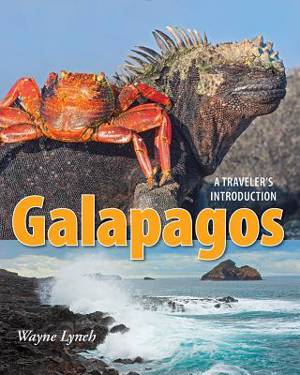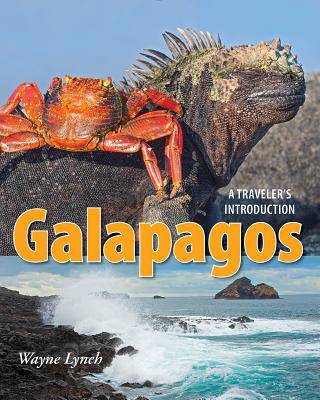
- Afhalen na 1 uur in een winkel met voorraad
- Gratis thuislevering in België vanaf € 30
- Ruim aanbod met 7 miljoen producten
- Afhalen na 1 uur in een winkel met voorraad
- Gratis thuislevering in België vanaf € 30
- Ruim aanbod met 7 miljoen producten
Omschrijving
In 1979, the Galapagos Islands was one of the earliest World Heritage Sites to be selected by UNESCO (United Nations Educational, Scientific and Cultural Organization), a designation intended to protect and preserve sites of cultural and natural heritage around the world. Today, there are over a thousand World Heritage Sites and the Galapagos Islands are one of the most widely valued.
The biology of the Galapagos Islands has arguably been studied more than any other archipelago in the world. Charles Darwin visited the Galapagos Islands for five weeks in 1835 and then spent the next several decades at his home in England conducting experiments on a multitude of non-Galapagos species to confirm his theory of natural selection. His observations and collections contributed to the inception of Darwin's theory of evolution by natural selection, one of the most important ideas in all of science.
The islands are located in the eastern Pacific Ocean, 605 miles (973 km) off the west coast of South America and consist of 13 main islands and 6 smaller islands. Only some are open to visitors.
In this richly illustrated tour of the Galapagos, world renowned photographer and naturalist Wayne Lynch captures the unique wildlife living here, including the Galapagos tortoise, the marine iguana, the flightless cormorant, the blue-footed boobie and the magnificent frigatebird.
Specificaties
Betrokkenen
- Auteur(s):
- Uitgeverij:
Inhoud
- Aantal bladzijden:
- 144
- Taal:
- Engels
Eigenschappen
- Productcode (EAN):
- 9780228100195
- Verschijningsdatum:
- 28/02/2018
- Uitvoering:
- Paperback
- Formaat:
- Trade paperback (VS)
- Afmetingen:
- 201 mm x 254 mm
- Gewicht:
- 544 g

Alleen bij Standaard Boekhandel
Beoordelingen
We publiceren alleen reviews die voldoen aan de voorwaarden voor reviews. Bekijk onze voorwaarden voor reviews.











